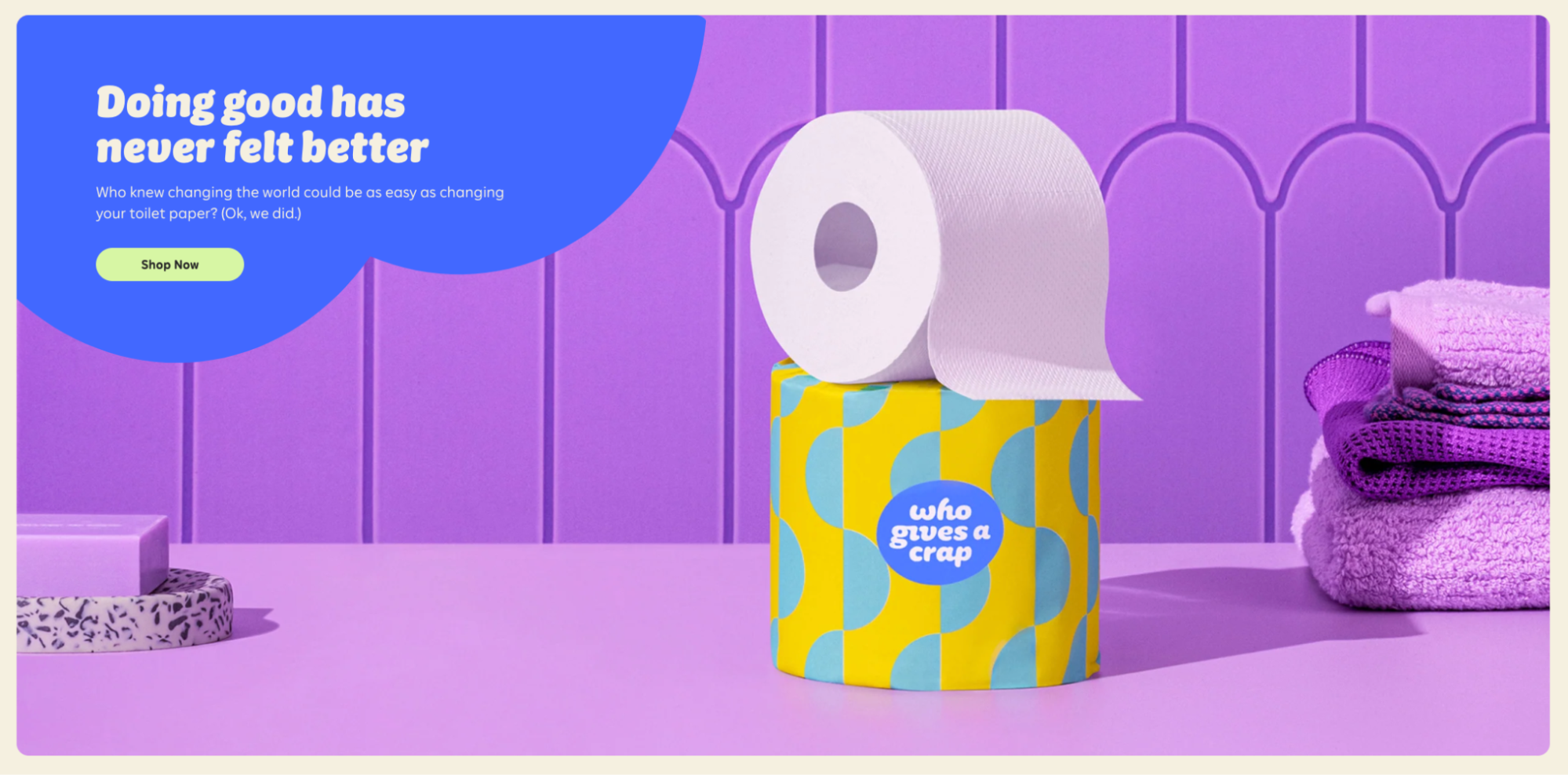3 ways brands can appeal to Gen Z
Brands are falling over themselves to attract younger people, here's how they can do it.

By 2030, Gen Z’s purchasing power will overtake that of millennials, and brands are grappling with a drastically shifting consumer landscape. The real challenge facing brands today is that Gen Z is not a singular, cohesive demographic group when it comes to cultural tastes and trends. This generation is unified by their differences and individuality, with research showing that 91% of 18 to 25-year-olds don’t even believe there is such a thing as 'mainstream' pop culture anymore.
Instead, what connects them are overlapping ecosystems of online communities and niche subcultures around shared values and lifestyles. As a deeply purpose-driven generation, Gen Z has high expectations: when it comes to brand behaviour, purpose and personalisation are non-negotiable, while loyalty is hard-won – and can be lost in a heartbeat.
As Gen Z starts to make its way in the professional world, we’re also seeing this generation’s attitude and aesthetics start to influence design trends and marketing in new ways as businesses adapt to stay relevant and appealing. While there is no exact formula to follow, there are lessons to be learned from brands that are positioning themselves effectively – and in eclectic ways – to appeal to Gen Z.
01. Take risks
A post shared by P E R V E R T E D (@pervertedicecream)
A photo posted by on
For a generation defined by individuality, nothing is more effective than a brand doing something truly unique. This is part of the reason we’ve seen a resurgence in the popularity of a punk aesthetic in design.
Vancouver-based soft-serve ice cream parlour, Perverted Ice Cream, is a brand doing punk right; its visual identity and tone pushing boundaries against the sanitised (and generally paste) aesthetic associated with the ice cream industry.
Offering consumers plant-based ice cream, the branding is rebellious, provocative and a lot of fun: unapologetically unique and polarising – many characteristics reminiscent of the punk movement, and that are also found in many Gen Z subcultures. Stylistically, the influence of 1970s punk rock counterculture is clear in the visual brand, with collage-like cutouts, mismatched fonts and an energy that rejects decorum and sticks a middle finger up at the status quo – they turn bad reviews into social posts, poking fun at criticism and staying on-brand with the punk mindset.
02. Don’t pay lip service to purpose

Typically, Gen Z is principled and purpose-driven but they can spot inauthenticity a mile off. Brands like Who Gives a Crap that have social impact and change hard-wired into their business model and identity appeal to Gen Z’s passion for advocacy. Born out of an impassioned crowdfunding campaign way back in 2012, the brand’s mission to improve sanitation in developing countries and communities around the world continues to resonate with customers across generations.
Daily design news, reviews, how-tos and more, as picked by the editors.
With 72% of Gen Z willing to pay more for sustainable products, this age group is putting its money where its mouth is when it comes to conscious consumerism. In fact, with around two-thirds of 18 to 26-year-olds describing themselves as “activists via brand choice” the value of a brand’s positioning, marketing and values aligning to create genuine social impact is clear.
Who Gives a Crap’s eye-catching design and acidic colour palette combined with a tongue-in-cheek tone and consistency in mission and vision have ensured the brand has remained as relevant for Gen Z consumers today as it was for millennials ten years ago.
03. Move fast and experiment
The velocity of Gen Z trends is extreme thanks to new norms in social content consumption. Combine this with an almost infinite number of trends across different communities and subcultures on TikTok, and you can quickly see the scope of the opportunity for brands to connect with Gen Z audiences at culturally relevant moments.
But for brands to do this well, they need to act fast, take creative risks and be open to different perspectives on what is ‘on-brand’ in a new environment. The lo-fi nature of TikTok is transforming the visual branding in really interesting ways by placing increasing trust in creators rather than creatives.
One of the most successful examples of this is the Duolingo owl’s meteoric rise to TikTok fame. Pre-pandemic, the human-sized green owl suit had only been rolled out for recruitment events but on TikTok, Duo the owl twerks, taunts the company’s legal team, pines for the similarly-named Dua Lipa (above), and unashamedly roasts Google Translate users.
For Duolingo, what was a fairly traditional mascot has transformed into an oversized and culturally relevant expression of its brand personality; gaining 12m+ followers in the process.
While there's no one-size-fits-all approach, successful brands understand that appealing to Gen Z often means rejecting conformity in favour of purposeful individuality. By tapping into the energy and diversity of Gen Z's ecosystems and communities, brands can create unique bonds with a generation that is in many ways redefining consumer culture.

Patrick Llewellyn is CEO of 99designs by Vista, the global creative platform that makes it easy for small businesses to work with professional freelance designers around the world. 99designs has paid out more than US$400m to its creative community to date, working across brand and logo design, packaging, web design and more.
